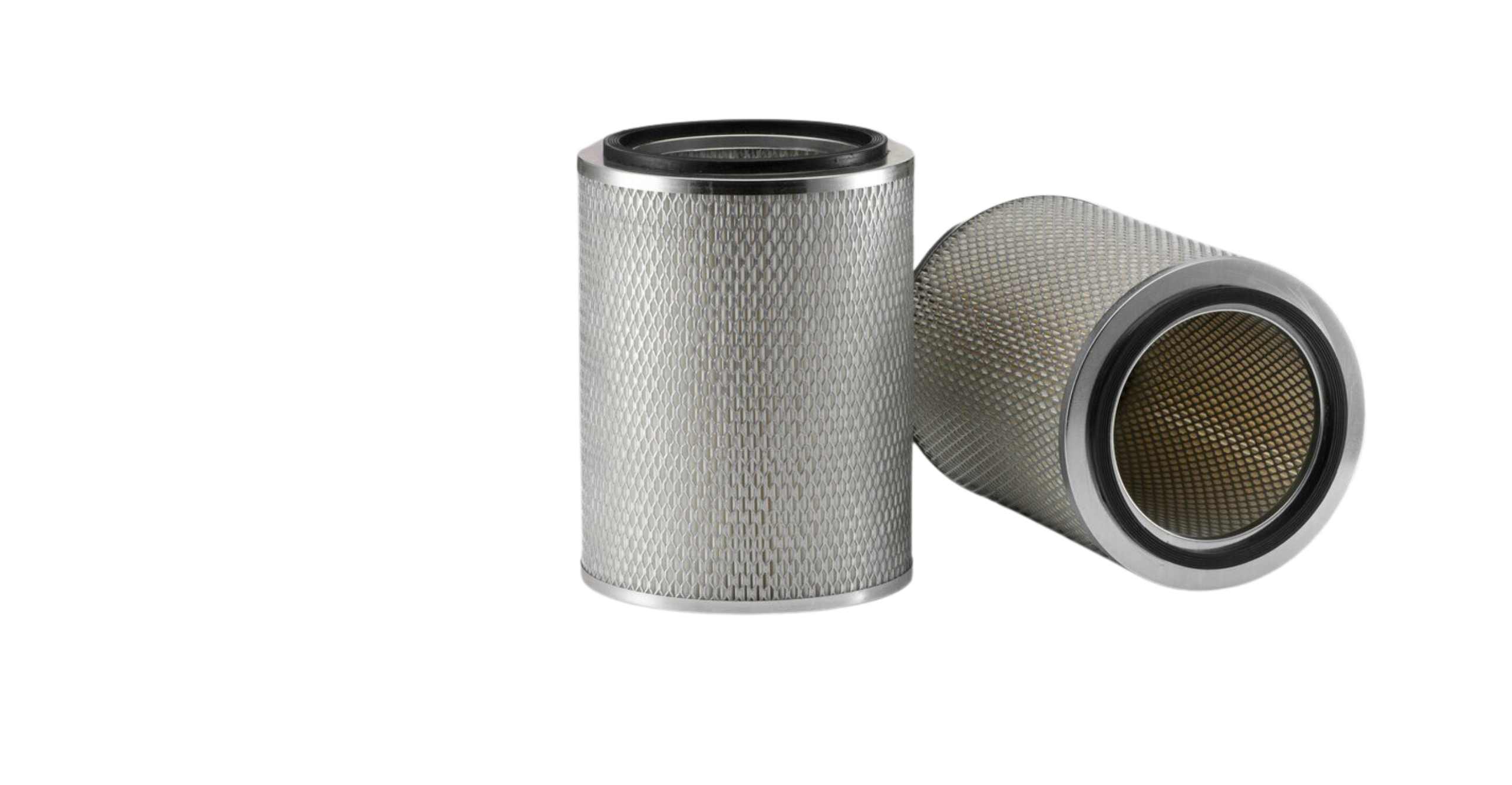Mining
When you think of the world of mining, the first thing that may come to mind is the image of a coal miner. Mining has been around for centuries since Ancient Egypt even. But did you know that mining is one of the most dangerous occupations? As an industry, mining has come a long way as unregulated mining used to be a huge issue, especially in lower income communities. The Mining Safety and Health Administration (MSHA) was created to instill better safety measures to prevent injuries and deaths.
Mining is a process in which minerals or materials are extracted from the Earth's surface. Various materials can be mined such as metals, clay, gemstones, etc.
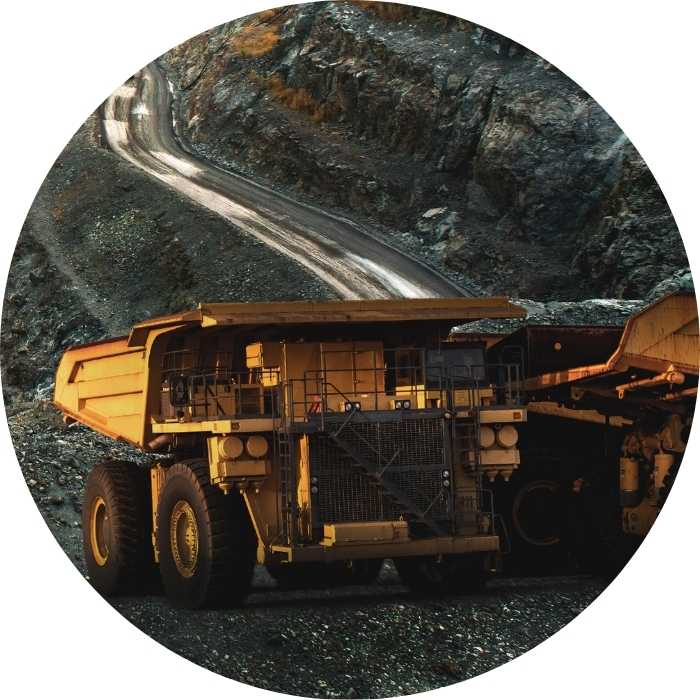
Dust Control
To control the amount of dust and particulate being spread, sometimes water spray systems are sed to remove it from the air. Similar to how rain can clean the atmosphere, these high-pressure spray systems is just one way to control dust.
Using air filtration or ventilation equipment of some kind is another way to control dust exposure. Dust can be generated at various stages of mining, and it also depends on what type of mining you are dealing with. Some mining equipment is equipped with machine-mounted dust collectors. Sometimes wet scrubbers (dust collectors that use liquid) are used. However, many underground mining operations use dry dust collectors. Bags can also be used in dry dust collectors as well.
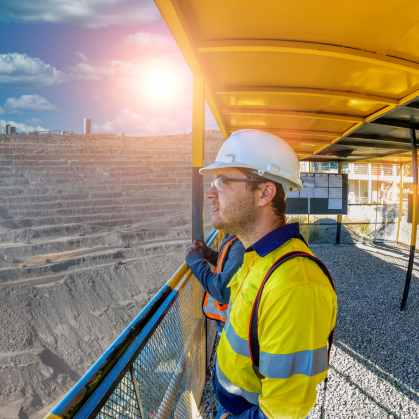
Dust Types
- Coal
- Mineral
- Sand, Stone, Gravel
- Metallic Dust
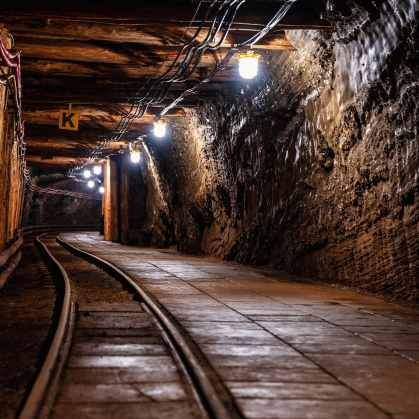
Health Risks
If you've ever seen a mining site, you may notice the large amounts of dust particles that are generated from drilling, conveying, digging or transporting debris in the mining process. These particles if inhaled can cause a number of health issues including lung diseases. COPD, asthma, or bronchitis just to name a few. The most well-known disease is Pneumoconiosis or "black lung disease." This is when a worker is exposed to coal dust over long periods of time. The coal dust can penetrate deep into the lungs and actually scar them. Similar to silicosis (long term exposure to silica dust) the dust builds up on the lungs.
In order to prevent this is to wear some form of ventilated mask or respiratory equipment. Dust control is also another way to control and minimize health risks.
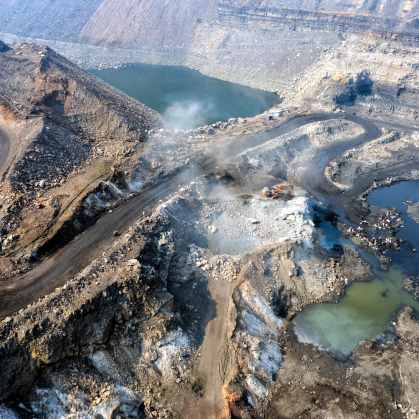
MSHA & OSHA Regulations
The Mining Safety and Health Administration (MSHA) and OSHA work hand in hand in regulating the mining industry. The MSHA can inspect mines to ensure proper health and safety protocols are being followed. Violations/penalties can result in heavy fines and halted production.
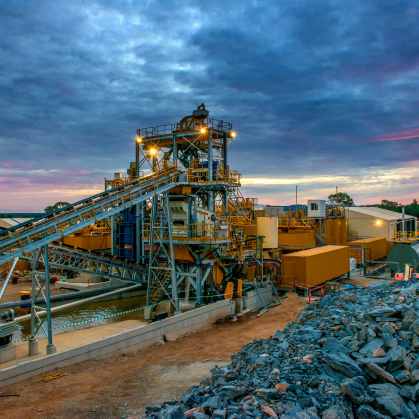
Combustible Dust Risks
A lot of dust generated in mining is combustible. This means that it is extremely likely to combust when ignited by an ignition source. For example, coal, sand, and metallic dusts are highly combustible. Ignition sources can be a spark generated from equipment, electrostatic discharges, or even something as simple as a cigarette butt. That is why it is so important that work areas are kept clean and dust-free.
It is more than essential to protect workers, and manufacturing facilities from dust explosions. Once it ignites there is no stopping the explosive chain reaction. Implementing dust control and industrial air solutions is a good preventative measure.

Why Dust Control?
- Improve Health & Safety
- Increased Productivity
- Follow MSHA Regulations
- Cleaner for the Environment
